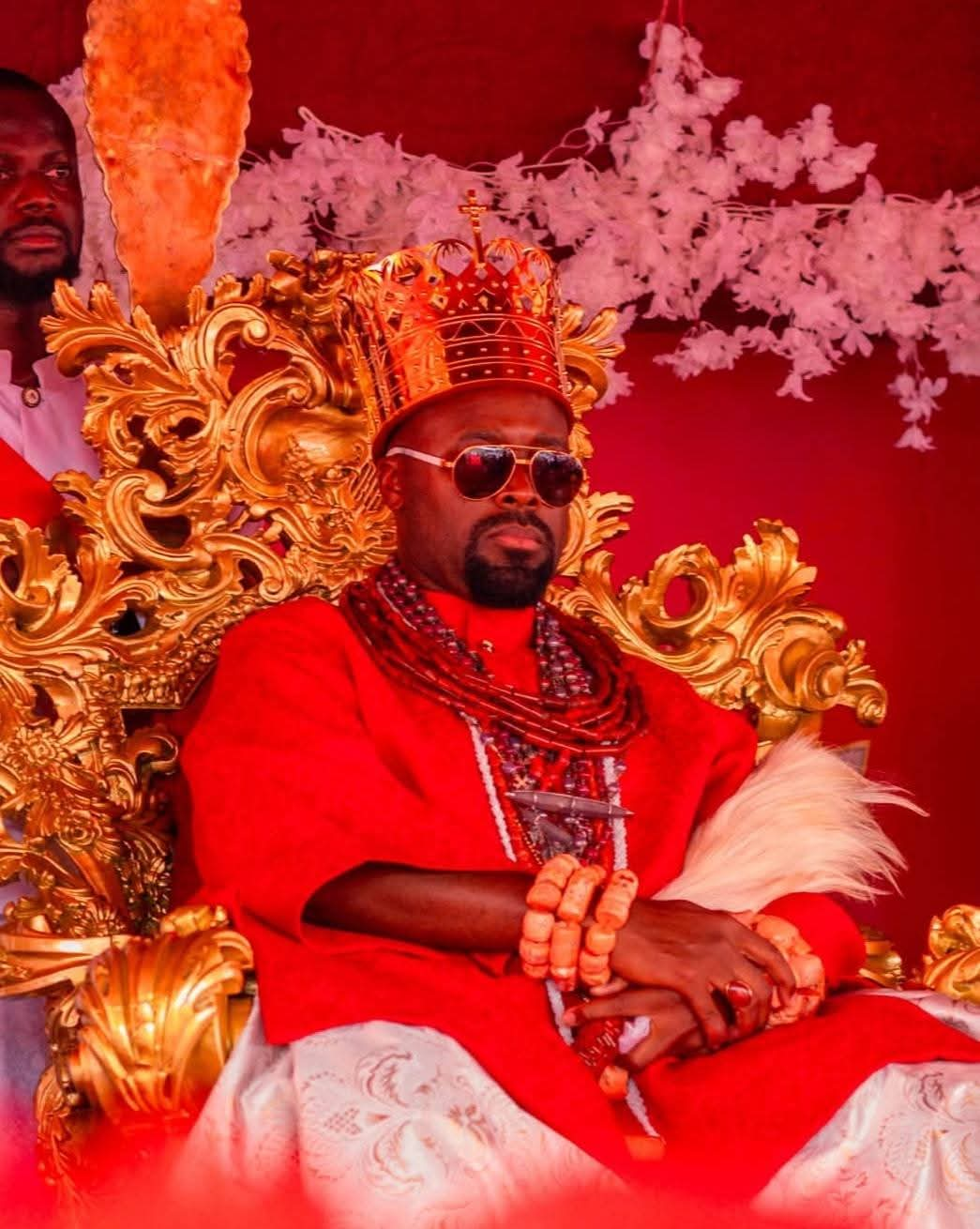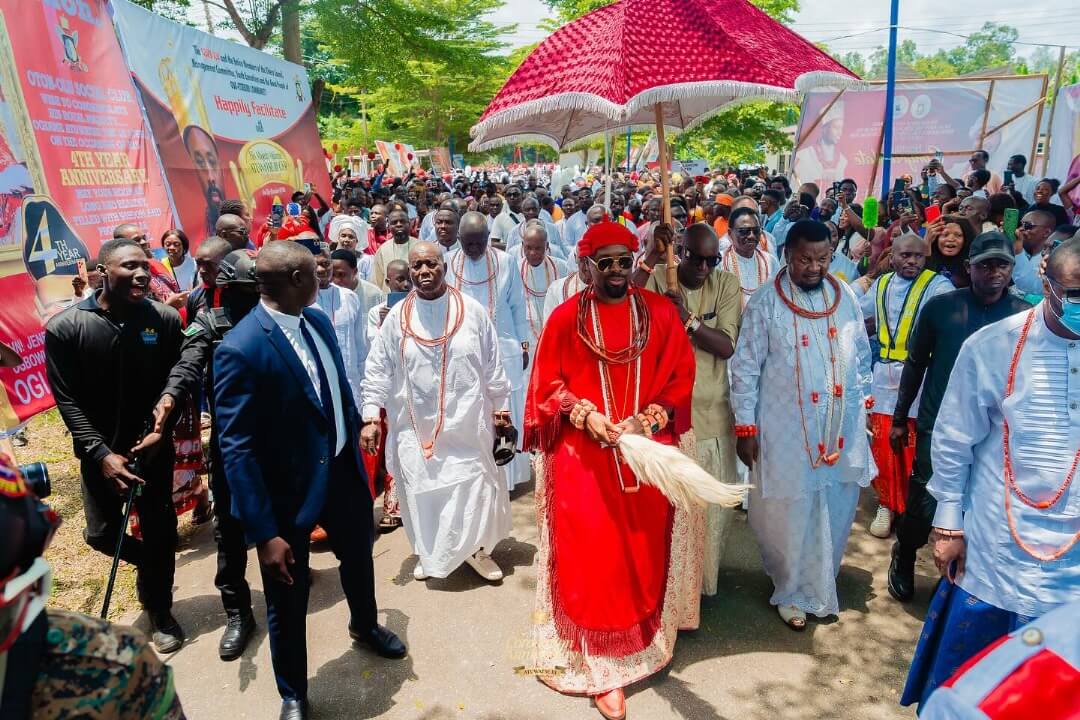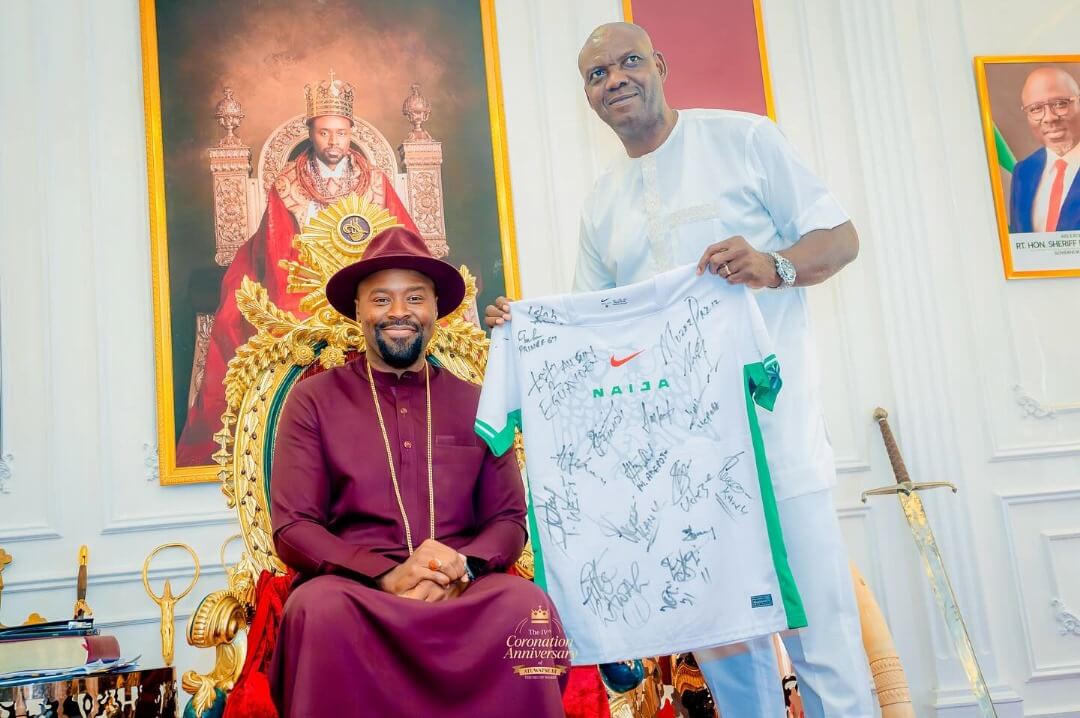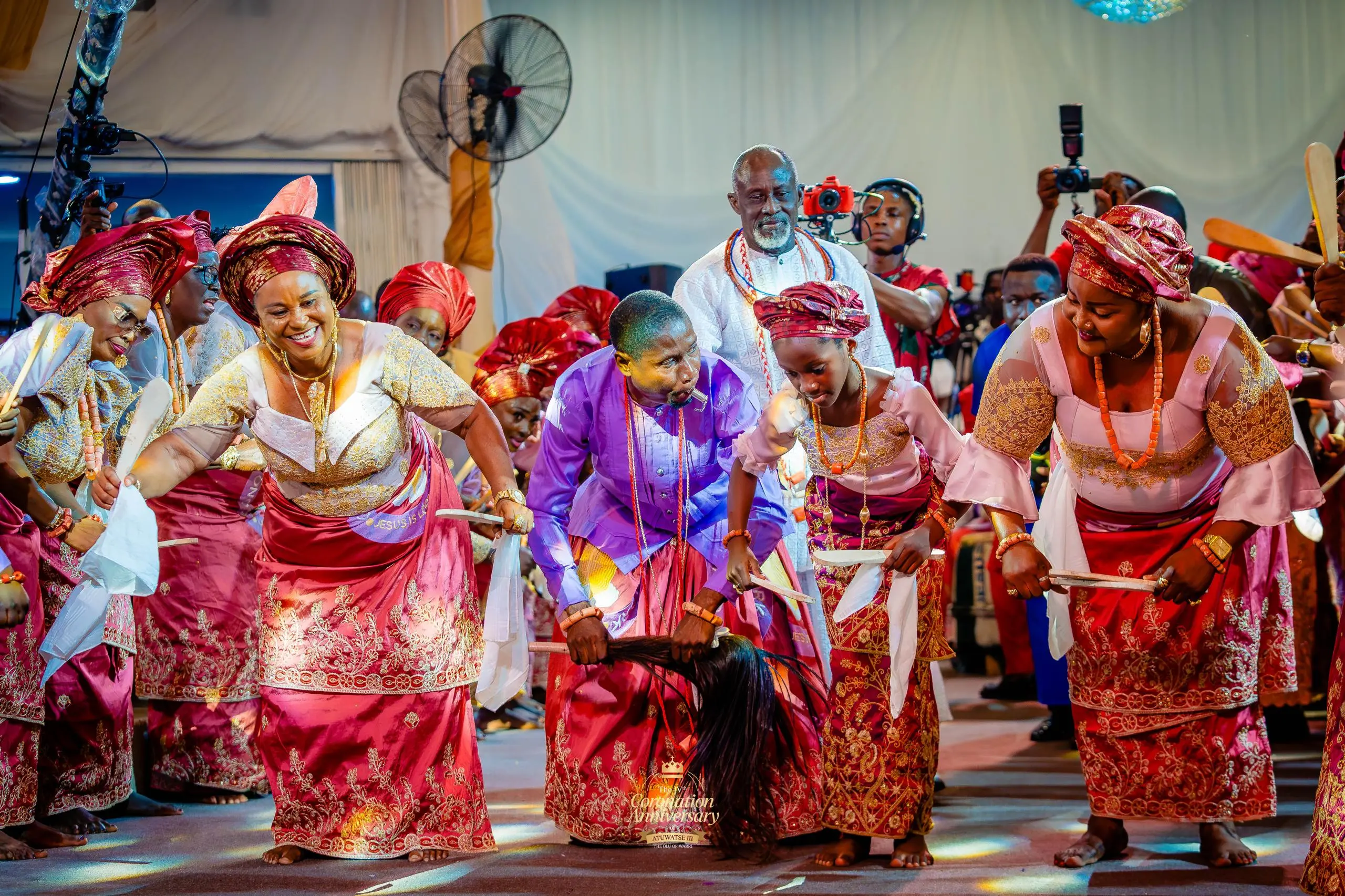- Catherine Maborukoje
- Emir, Kano, Sanusi
- 0 Comments
- 1530 Views
The battle for the soul of Kano has also brought to light the complex relationship between traditional and modern governance structures.
The ongoing tussle for the throne of the Emir of Kano has brought to the fore the significance of traditional regalia in the installation, impeachment and reinstatement of Nigerian monarchs.
The battle between the reinstated 16th Emir, Muhammadu Sanusi II, and the deposed 15th Emir, Aminu Ado Bayero, has captivated the nation as both monarchs lay claim to the throne amidst a display of traditional attire and pageantry.
Emir Sanusi II, clad in his full traditional regalia, performed his first traditional function at the Emir’s palace, surrounded by Kano kingmakers and district heads. His appearance in the regal attire signifies his legitimacy as the rightful ruler, as the wearing of special clothes is a crucial aspect of traditional rulership in Nigeria.
However, the deposed Emir Ado Bayero has also defied his removal by Governor Abba Kabir Yusuf and relocated to the second emir’s palace, known as Gidan Nassarawa. His refusal to accept his dethronement and continued use of the palace and its associated regalia underscores the importance of these symbols in the traditional power structure.
The exhibition “Royals & Regalia: Inside the Palaces of Nigeria’s Monarchs” at the Newark Museum showcases the work of Nigerian photographer George Osodi, who has documented the traditional rulers of Nigeria amidst the trappings of their positions. Osodi’s photographs highlight the significance of regalia in the visual representation of power and identity in Nigerian traditional rulership.
The battle for the soul of Kano has also brought to light the complex relationship between traditional and modern governance structures.
Governor Yusuf’s attempt to reinstate Sanusi has been met with resistance from the courts and security agencies, who have insisted on obeying the order stopping the reinstatement.
This tension between the traditional and legal systems underscores the need for a clear delineation of roles and responsibilities in the governance of Nigeria’s diverse communities.
The regalia of the emirate, including the traditional attire and symbols of power, play a crucial role in the installation, impeachment and reinstatement of Nigerian monarchs.
The ongoing tussle for the throne of Kano has highlighted the enduring significance of these traditions in the face of modern governance challenges.
READ ALSO: 10 Interesting Things to Know About Hamas











